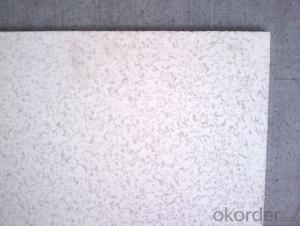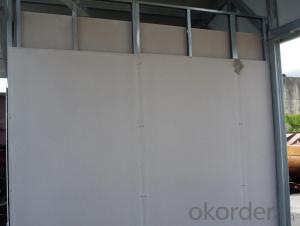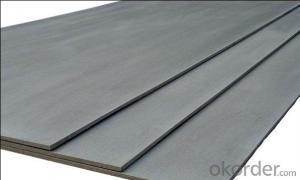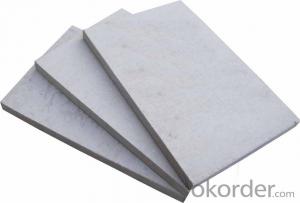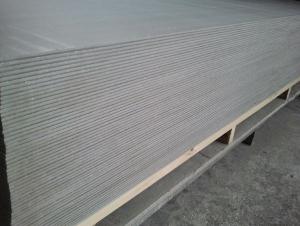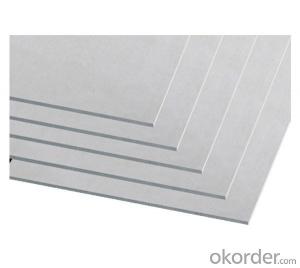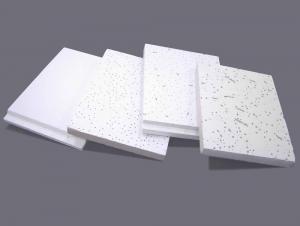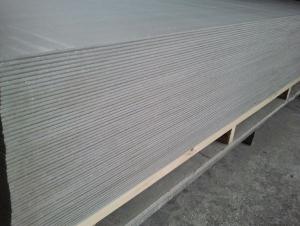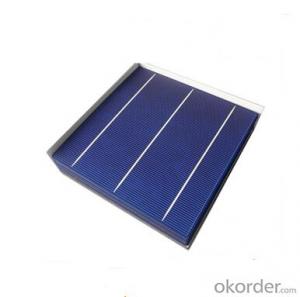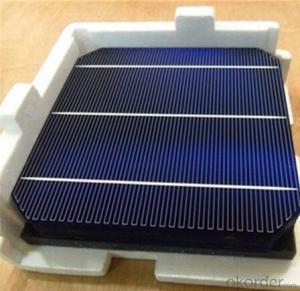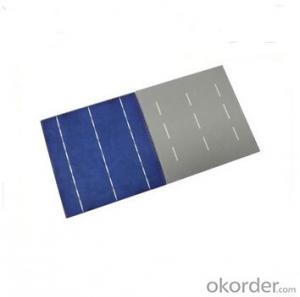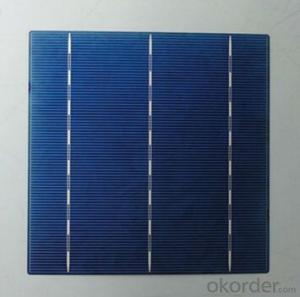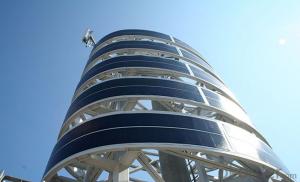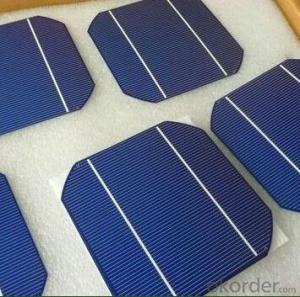High Wattage Solar Cells
High Wattage Solar Cells Related Searches
High Five Stainless Steel Prop High Quality Solar Inverter High Temperature Clear Plastic Sheet High Voltage Solar Inverter Stainless Steel Peg Board Best Quality Roofing Felt High Intensity Desk Lamp High Efficiency Hvac Systems High Rupturing Capacity Fuse High-Pressure CompressorHot Searches
Cheap High Tea Sets For Sale High Density Fiberboard For Sale Used Foam Board Insulation For Sale Magnesium Oxide Board For Sale Hdf Board For Sale sintra board for sale High Mast Light Price List Solar High Mast Light Specification High Mast Tower Price Philips High Mast Lighting Price List Bajaj High Mast Lighting Price List Gypsum Board Price Per Sheet In India High Mast Light Specification High Density Mdf Board Suppliers High Mast Tower Specification High Pressure Laminate Supplier Philippines High Mast Lighting Suppliers South Africa High Pressure Laminate Manufacturers Europe Calcium Silicate Pipe Insulation Price 5 8 Type X Gypsum Board PriceHigh Wattage Solar Cells Supplier & Manufacturer from China
Okorder.com is a professional High Wattage Solar Cells supplier & manufacturer, offers integrated one-stop services including real-time quoting and online cargo tracking. We are funded by CNBM Group, a Fortune 500 enterprise and the largest High Wattage Solar Cells firm in China.Hot Products
FAQ
- Yes, solar cells can be used in museums. They can provide renewable energy to power museum exhibits, lighting, and other electrical systems, reducing the reliance on traditional energy sources and minimizing the environmental impact. Additionally, solar cells can be integrated into the design of the museum building itself, enhancing its sustainability and showcasing a commitment to renewable energy.
- Where can I get the most accurate information about solar cells?
- Maybe your teacher can give you some suggestions.
- Solar cells play a crucial role in powering data centers by harnessing the energy from sunlight and converting it into electricity. By installing solar panels on the roofs or surrounding areas of data centers, these cells generate clean and renewable energy to meet a portion of the center's power needs. This reduces reliance on traditional energy sources and helps data centers become more sustainable and environmentally friendly.
- The advantages and effects of solar energy
- Solar batteries are widely used, such as artificial satellites, unmanned weather stations, communication stations, TV relay stations, solar clocks, electric pole, black light, beacon lights, railway lights. Solar thermal conversion technology products, such as water heaters
- Yes, solar cells can be used in parking lots. They can be installed on canopies or shade structures above parking spaces, or integrated into the ground as solar parking lot tiles. This allows parking lots to generate clean and renewable energy while providing shade for vehicles.
- Solar cells are the basic building blocks of solar panels. While solar cells directly convert sunlight into electricity, solar panels are made up of multiple solar cells that are interconnected to generate a higher power output.
- Solar cells perform differently in different climates due to variations in sunlight intensity, temperature, and weather conditions. In regions with abundant sunlight and cooler temperatures, solar cells tend to perform optimally, generating higher electricity outputs. However, extreme climates such as very hot or very cold environments can affect the efficiency and lifespan of solar cells. Additionally, cloudy or rainy climates may reduce the overall energy production of solar cells. Despite these variations, solar power remains a viable and increasingly popular renewable energy option in a wide range of climates.

